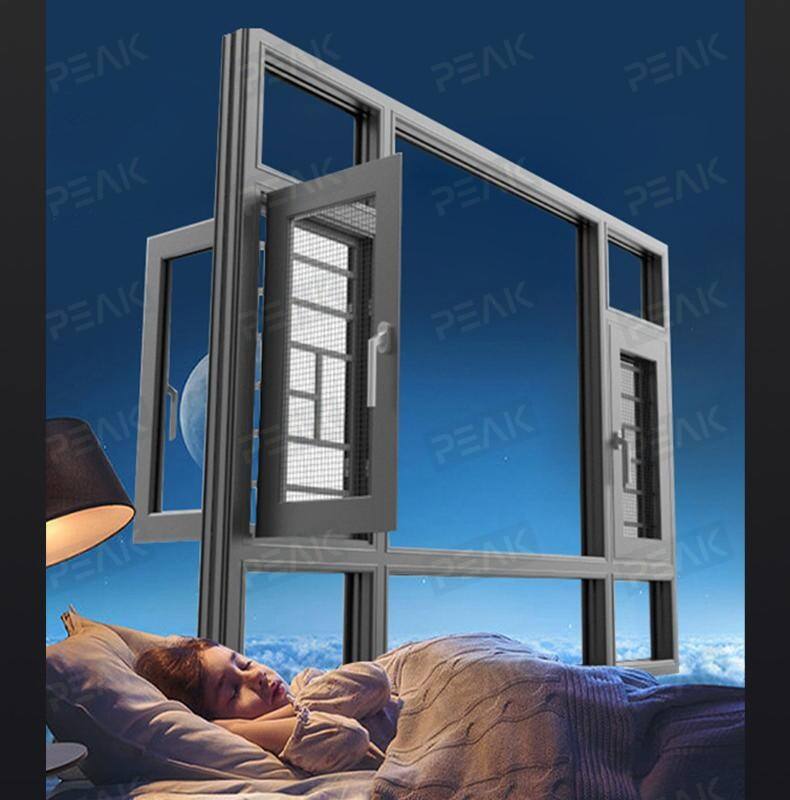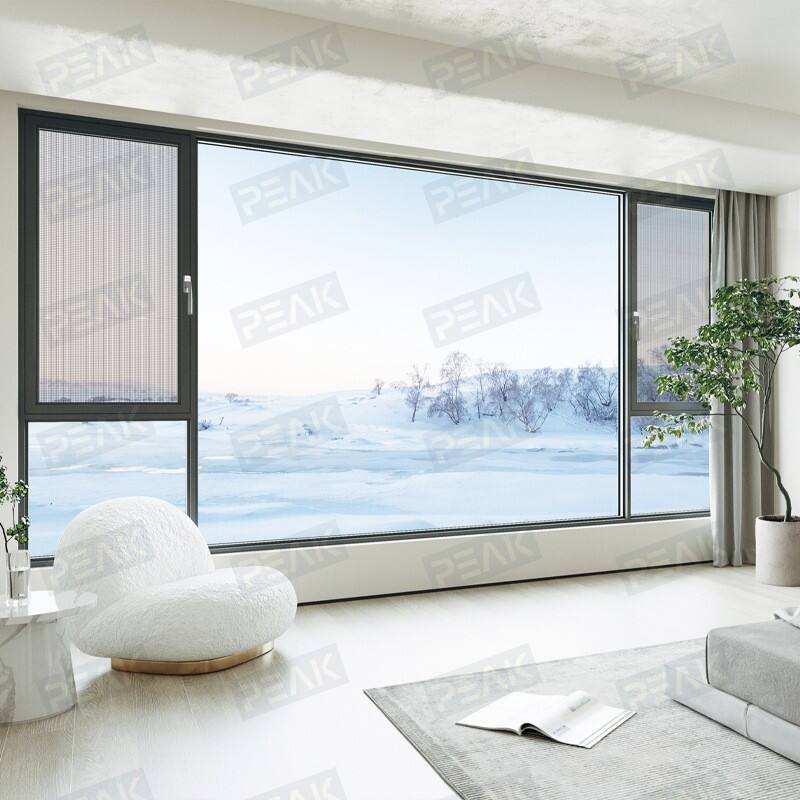best energyefficient thermal break aluminum doors and windows
Energy-efficient thermal break aluminum doors and windows represent a significant advancement in modern building solutions, combining durability with superior thermal performance. These systems utilize a specialized polymer barrier between the interior and exterior aluminum profiles, effectively minimizing heat transfer and creating an insulating barrier. The thermal break technology prevents thermal bridging, which is crucial for maintaining consistent indoor temperatures and reducing energy consumption. These systems feature multi-point locking mechanisms, double or triple-glazed glass panels filled with inert gas, and advanced weatherstripping to ensure airtight seals. The aluminum frames are treated with powder coating or anodizing for enhanced durability and corrosion resistance. These doors and windows are engineered to meet strict energy efficiency standards, offering U-values as low as 0.21 W/m²K, significantly reducing heating and cooling costs. They are particularly suitable for both residential and commercial applications, especially in regions with extreme temperature variations. The systems also incorporate advanced drainage channels and thermal barriers that prevent condensation formation, ensuring long-term performance and comfort.


